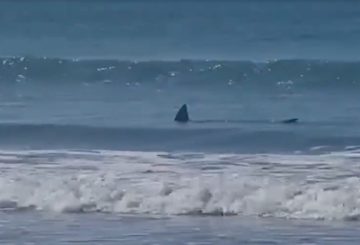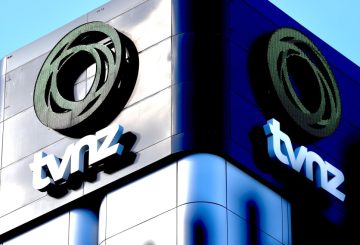ニュージーランド最大のマオリの公衆衛生機関であるハパイ・テ・ハウオラは、乳幼児突然死(SUDI)の影響を受ける家族の数を減らすための意識を高め、その影響を被る家族の数を減らすための取り組みを主導しています。同団体は先週の金曜日に全国安全睡眠デーを開催し、SUDI のリスクが高まる寒い時期には特に注意するよう呼びかけました。
Hāpaiのジャッキー・ハレマ最高経営責任者(CEO)は、現在、全国で年間40~60人の乳児がいるSUDIの症例数を減らす必要があると強調した。この組織の目標は、全国で統一されたアプローチを通じて家族を支援し、SUDIの発生率を下げることです。
SUDI は、28日~1歳の乳児の予防可能な死亡の主な原因であり、ほとんどの症例は生後2~4か月の間に発生しています。マオリと太平洋の乳児は、非マオリや非太平洋地域の乳児と比較して、一貫してSUDIの発生率が高くなっています。
全米SUDI予防調整局の局長フェイ・セルビー・ロー(Fay Selby-Law)は、「安全な睡眠の日」は、赤ちゃんにとって安全な睡眠習慣の重要性を強調する良い機会であると述べています。これらには、母乳育児、予防接種、赤ちゃんを温かく保つための天然繊維の服装などが含まれます。
Hāpai Te Hauoraは、SUDIの予防と啓発のためのモバイルアプリなど、いくつかのリソースを提供しています。同組織は来週、SUDI予防とたばこ規制の分野を対象に、研究、臨床実践、地域社会との関わり、マオリの世界観についての最新情報を提供するワークショップも予定している。

















































-660x440.jpg)












